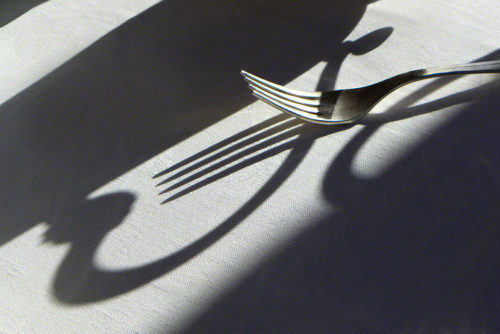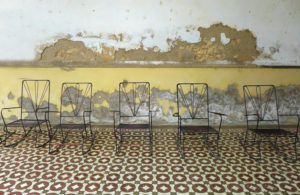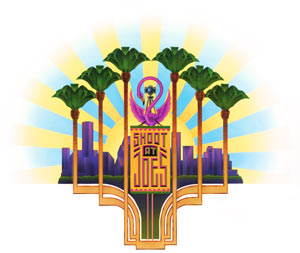When I think back to younger days I think about the expression Crossover Photography. I remember reading about the differences between fine art, representational, and abstract photography, and how one can comfortably crossover to another.
Now, years later, this topic occasionally comes up in my online classes with the BPSOP, and in my “Stretching Your Frame of Mind” workshops I conduct around the planet. With several points of views, I can relate my feelings and the consensus of my fellow photographers.
The crossover comes when fine art photography merges with more of a representational approach. Photographs that are considered fine art are about vision to be sure, and they convey to the viewer an impression of the reality we live in; just not what we might consider the real world.
A photograph that would be thought of as fine art will offer to the viewer a feeling of a scene, a general impression, or suggestion of a scene. Lacking in straightforward visual information, these images might emphasize color, shape over line and other elements such as linear perspective (Vanishing Point) . They can be more impressionistic and are often pensive, painterly, and even vague; giving just the essence of the subject with no real substance.
Fine art photography can be more representational. Rather than an impression, it’s more about the way we perceive then process information in the form of a photograph; in an orderly and rational fashion. Both fine art and representational photography will dictate a reaction and response, and can capture a feeling or mood. This is where they can most likely crossover.
True representative photography is a more traditional style that depicts literal representations of a scene; by showing how it actually appears to the viewer. It’s a form of photography that aspires to show an environment exactly as it appears in reality. Editorial, photojournalism, portraiture, and travel are some of the genres associated with representational photography.
FYI, the photographer should have a vision of what they think their final image will look like when shooting literal images.
Representational photography is a thriving market as far as the photos that can hang on a wall. It’s a lot more user-friendly, and the viewer is more comfortable when he knows what he’s looking at. He’s more likely to buy a photo if he can look at it on a daily basis without scratching his head wondering why he let his friends talk him into going to that gallery opening in the first place.
Abstract photography would certainly fall into this category. If the image has a specific center of interest or subject, more than likely it’s an abstract. They don’t rely on anything recognizable, and consists of the basic elements of visual design in their purist form: texture, pattern, shape, colors, tones, and light; again without a center of interest or definable subject.
I would think that in order to admire abstract photography, one would need to understand design. I’ve seen people milling around a gallery opening of some unknown photographer that don’t fall under these guidelines. They ask questions not even the artist himself can answer. They are usually unenlightened and are there for the cheap (free) chardonnay that’s handed to them in plastic wine glasses.
It doesn’t register with them that they might be coming across as obtuse. In their defense, sometimes it’s difficult to read the photographer’s mind and will feel compelled to ask silly questions.
Don’t get me wrong, abstract photography in of itself can be beautiful with grace and elegance. It stands out from the other genres simply because each and every individual admiring a particular photograph will walk away with a different meaning and feeling.
I actually have my favorites, one that actually founded abstract photography…Man Ray. Then there’s Ernst Haas, Arron Siskind just to name some legends.
Understanding abstract photography might not be for everyone; however, pushing yourselves to understand in different ways will increase your vision into levels of creativity you’ve never imagined.
My point in this post is to enjoy and work on understanding all genres, and everyone should have photographs they like looking at every day.
Visit my website at: www.joebaraban.com, and check out my workshop schedule at the top of this blog. Come shoot with me some time. This coming January Along with William Yu, I’ll be taking a group to China to photograph the flooded rice terraces and also the tribal villages. Next February in conjunction with the Santa Fe Workshops, I’ll be returning to Cuba for the fourth time. My next springtime workshop will Berlin next May; an incredibly beautiful city.
If you send me a photo and question to: AskJoeB@gmail.com, I’ll create a video critique for you.
JoeB







